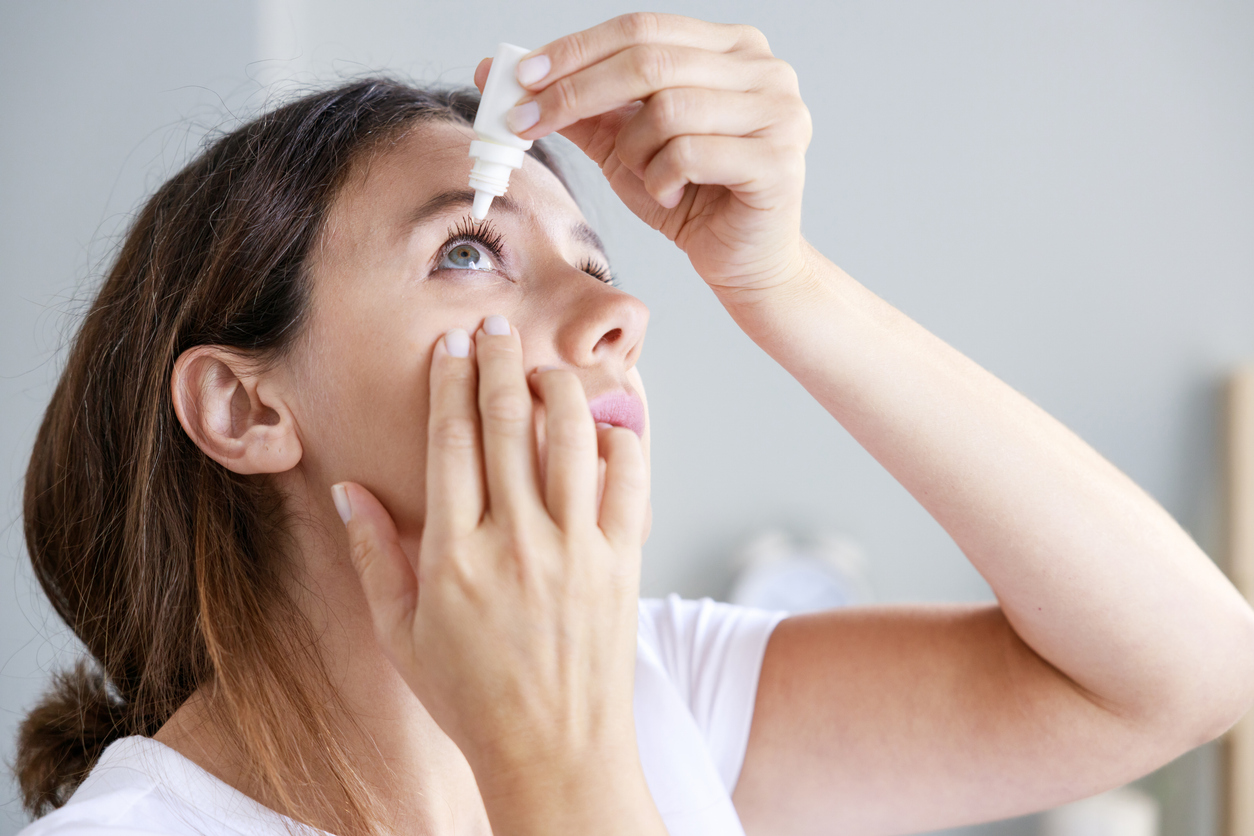Today, the FDA published a Product Specific Guidance (PSG) with recommendations for establishing bioequivalence of oxymetazoline hydrochloride ophthalmic solution (here). As we have all recognized through the publication of numerous other PGSs over the last five years, the Agency is moving to BE waivers to establish sameness of the product as well as meet the bioequivalence requirements. Typically, these PSGs require a demonstration that the proposed product is quantitatively (Q1) and qualitatively (Q2) the same as that of the Reference Listed Drug (RLD) and that the physicochemical characteristics of the products are the same.
So, what is so unusual about the publications of the PSG? The innovator of the reference listed drug (RLD), RVL Pharmaceuticals, Inc. (RVL) filed a petition in June 2021 (here) requesting the Agency to not only establish certain requirements (which basically mimic the requirements for other PSGs for solution ophthalmic products) but also publish a PSG for oxymetazoline hydrochloride solution… which the Agency did today.
The Agency noted, in the Federal Register (here) announcing the availability of the oxymetazoline hydrochloride PSG, that the “FDA is reviewing the issues raised in the petition. FDA will consider any comments on the draft guidance entitled “Draft Guidance on Oxymetazoline Hydrochloride” before responding to RVL’s citizen petition. FDA’s issuance of the draft guidance on oxymetazoline hydrochloride ophthalmic solution does not represent a final decision on the issues raised in the petition.”
It should be noted that the RVL petition also asked the Agency to establish requirements for any 505(b)(2) application that seeks to develop a product that may contain a different inactive ingredient than that of the RLD, and asked that the (b)(2) applicant:
- “[D]emonstrate the safety of any excipient that FDA previously has not approved for use in a human drug product at the proposed exposure level and for an ophthalmic route of administration,” and
- “[I]nclude data from a comparative in vivo study with appropriate clinical efficacy and safety endpoints and a comparative in vivo pharmacokinetic study in order to obtain a determination from FDA that the section 505(b)(2) product is therapeutically equivalent” to the RLD product.
The innovator product has also been designated a drug-device combination as it comes in a vial with dropper tip, which constitutes a device constituent part. Thus, the draft PSG recommends that:
“An ANDA for this product should include complete comparative analyses so FDA can determine whether any differences in design for the user interface of the proposed generic product, as compared to the RLD, are acceptable and whether the product can be expected to have the same clinical effect and safety profile as the RLD when administered to patients under the conditions specified in the labeling.”
The petition is interesting; have a read! It contains some of the hallmarks of the petition for Restasis (cyclosporin ophthalmic emulsion) from years past; however, unlike Restasis, which is a complex emulsion, the product that is the subject of this petition is a pure solution. Since the FDA will take comments before finalizing the PSG for oxymetazoline hydrochloride ophthalmic solution and taking action on the RVL petition (which is not an unusual in and of itself), it is likely that the FDA will issue the final PSG on the same day as the petition response. It is also interesting to note that, while there is quite a patent suit covering the RLD, there are currently no first-to-file ANDAs with a paragraph IV certification listed on the FDA’s PIV database (here), so it is not clear how the patent situation this will play into any ultimate ANDA approval decision by the FDA. There is currently no exclusivity listed on the RLD either.



